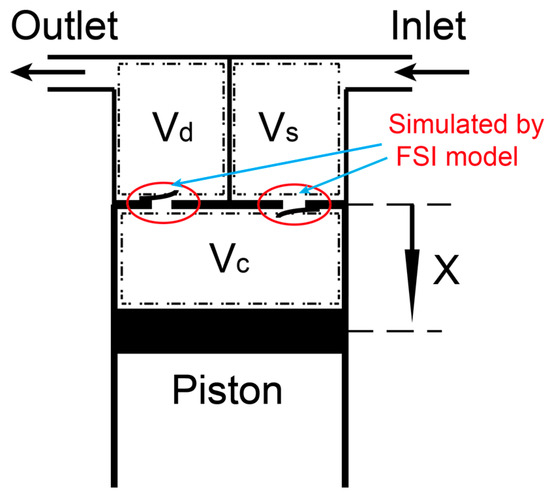Al Brooks Trading Price Action Reversals Pdf Compressor
1) Major trend reversals A bull trend is a series of higher lows and highs, and a bear trend is a series of lower highs and lows. Trading a major trend reversal pattern is an attempt to enter at the start of a new trend, hoping that a series of trending highs and lows will follow. Since traders are entering before the new trend is clear, the probability of even the best looking setup is usually only 40%. These traders are looking for low risk (a tight stop), but that almost always comes with low probability. The math is good for both these early entry traders and for those who wait for the strong breakout into a clear trend.
The components of a major trend reversal include a Trend Pullback that breaks out of channel Resumption of the trend 2nd pullback that grows into opposite trend There were several major trend reversal (MTR) buy setups.  Buying above bar 1 would have resulted in a small loss, and buying above bar 2 would have created a small profit or a breakeven trade. Buying above either bars 3, 4, or 5 would have resulted in a profit that was many times greater than the risk, and the wedge bottom increased the chances of a swing up. Many traders prefer higher probability trades and would have begun to buy around the close of bar 6, after the strong breakout.
Buying above bar 1 would have resulted in a small loss, and buying above bar 2 would have created a small profit or a breakeven trade. Buying above either bars 3, 4, or 5 would have resulted in a profit that was many times greater than the risk, and the wedge bottom increased the chances of a swing up. Many traders prefer higher probability trades and would have begun to buy around the close of bar 6, after the strong breakout.
The odds of higher prices in the form of different measured moves at that point were at least 60%. The trade-off was that the risk was greater (the stop was below the bottom of the bull leg, like below bar 3 or 4). GOOG had a failed breakout above the top of a bull channel and then a micro double top that was followed by a strong measured move down, well below the bottom of the channel.
Dynamic significance compression to yield extremely low- energy consumption. SNAP that trades-off some of the extra performance for. Behavior typical of sensor-networks. Prior work by Brooks and Martonosi in the synchronous. Energy consumption of BitSNAP ranges from 48% to 52%. Directive 2004/101/EC of the European Parliament and the Council of 27 October 2004 amending directive 2003/87/EC establishing a scheme for greenhouse gas emission allowance trading within the Community, in respect of the Kyoto Protocol’s project mechanisms. Brussels; 2004. [21] Berry D. Innovation and the price of wind energy in.
Bears were alerted to look to sell the next rally, betting that it would fail to go above the bull high and instead be followed by at least a 2nd leg down. They shorted below the bar 3 lower high, which was a successful lower high major trend reversal (it was also a small wedge bear flag). The market entered a broad bear channel and bears shorted each strong rally, expecting it to fail to get above the prior lower high.

2)Final flags The components of a final flag are Trend Pullback that is usually mostly horizontal. It can be as brief as a single bar Usually almost to a magnet (resistance in a bull, support in a bear) Usually other signs of a possible reversal (in a bull, examples include building selling pressure near the top of a channel) A final flag is a trend reversal pattern that begins as a continuation pattern. Traders expect the continuation to fail and are ready to take a trade in the opposite direction. Like all trend reversals, the probability of a swing is usually only about 40%. My general goal is 10 bars 2 legs (TBTL), which means a swing that has at least Ten Bars and Two Legs, and it also means a reward that is at least twice as large as the risk (my minimum criterion for a successful swing). Sixty percent of the trades result in small wins and losses that usually balance each other out. Traders who want a higher probability usually will wait for the reversal to have a strong breakout in the new direction.